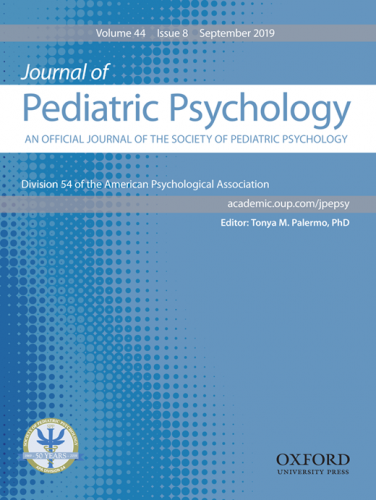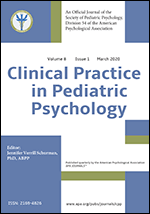Fact Sheet: Preterm Birth
Preterm birth, or delivery of an infant at less than 37 weeks gestation, affects approximately one in every eight babies born in the United States.
Prevalence and Course
In many cases, preterm labor cannot be predicted; however, women with certain histories or conditions may be at particular risk of early delivery such as carrying multiples, a history of preterm labor or delivery, diabetes, high blood pressure, maternal infections, black race, maternal age (young as well as over 35) or the use of cigarettes, alcohol or illicit drugs during pregnancy. Iatrogenic factors have also been identified as a leading cause of preterm delivery. Babies born prematurely may face a variety of challenges, with greater difficulties often associated with earlier delivery. Premature birth remains the most frequent contributor to infant death in the U.S. with premature infants accounting for 75 percent of infant mortalities.
Health and Psychosocial Consequences
Negative health and psychosocial consequences have been identified for all groups of preterm infants, even those late term preemies born between 34 and 36 weeks gestation. In a recent review, outcomes associated with prematurity and low birthweight were found to include “low-incidence/high severity” conditions such as mental retardation and autism, as well as “low severity, high incidence” conditions which include Attention Deficit/Hyperactivity Disorder, learning disabilities and executive functioning problems.
Evidence-based Assessment
The Bayley Scales of Infant Development-III (BSID-III) is one standard assessment of cognitive, language, motor, adaptive behavior and social/emotional functioning for premature and low birthweight infants. Research has indicated a need for assessment to be ongoing and to continue through to 36 months when some studies have identified developmental improvement.
Culture, Diversity, Demographic and Developmental Factors
Non-Hispanic African American mothers have been found to have an increased incidence of premature birth in the U.S., although premature births for these women decreased from 18.9 percent of premature births in 1990 to 17.8 percent in 2003; preterm births among non-Hispanic White women increased from 8.5 percent to 11.3 percent from 1990 to 2003. Worldwide, mothers in Africa and Asia account for 85 percent of premature births, although this may reflect higher overall birth rates in these areas.
Evidence-based Interventions
Research has offered support for early intervention programs designed to increase positive maternal-child interactions, decrease maternal depression, increase maternal self-efficacy and increase breastfeeding time. Developmental intervention in the NICU directed at supporting optimal neurodevelopment for infants in the context of family support has shown positive outcomes in a number of variables, as have specific interventions such as “kangaroo care” or skin-to-skin holding.
References
Arpino, C., Compagnone, E., Montanaro, M.L., Cacciatore, D., De Luca, A., Cerulli, A., Di Girolamo, S., Curatolo, P. (2010). Preterm birth and neurodevelopmental outcome: A review. Child's Nervous System 26(9), 1139-49.
Berhman, R., & Butler, A. (Eds). (2006). Premature birth: Causes, consequences, and prevention. Washington, DC: Institute of Medicine.
Keller-Margulis, M., Dempsey, A., & Llorens, A. (2011). Academic outcomes for children born preterm: A summary and call for research. Journal of Early Childhood Education, 39, 95-102.
Meijssen, D., Wolf, J., Koldewijn, K., Houtzager, B., Van Wassenaer, A., Tronick, Ed., Kok, J., & Van Baar, A. (2010). The effect of the Infant Behavioral Assessment and Intervention Program on mother-infant interaction after very preterm birth. Journal of Child Psychology & Psychiatry, 51(11) 1287-1295.
Yaoying, X., & Filler, J. (2005). Linking assessment and intervention for developmental/functional outcomes of premature, low-birth-weight children. Earlv Childhood Education Journal, 32(6).



